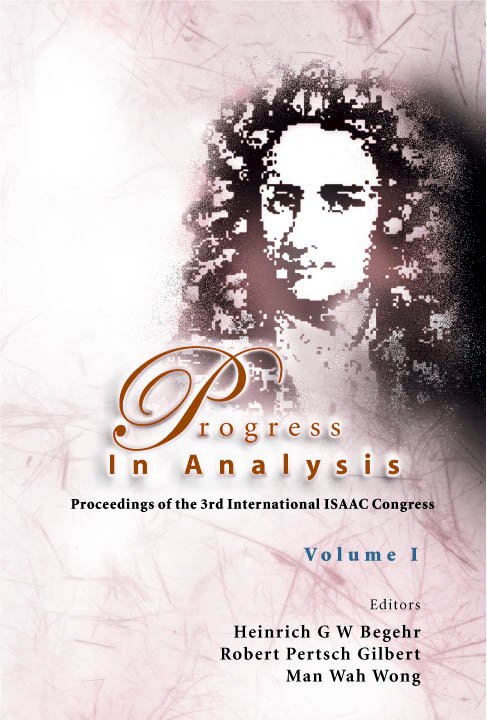RADIATION REFLECTED FROM RANDOM ROUGH SURFACES USING THE STOCHASTIC EXPANSION
Random surface reflection problems are most importantly characterized by ξ0, the rms surface displacement, Λ, proportional to the correlation length, and λ, the radiation wavelength (wave numbers: K = 2π/Λ, k = 2πλ). For small λ, higher frequencies (HF), geometric optics/acoustics is useful. Indeed for HF and small-sloped (ξ0/Λ small), Gaussian surfaces, the angular distribution is itself Gaussian. For larger λ perturbation theory is usual. It will be seen that the present expansion has substantial advantages in such a (commonly occurring) regime. The stochastic expansion [also called the Wiener-Hermite (WH)] is used to represent field functions reflected from random surfaces which surfaces have Gaussian statistics. The special problem considered is for a two-dimensional conducting surface with an incident, polarized, electromagnetic wave. This is the same boundary condition as that for the reflection of sound from the ocean surface, incident from the water side. The WH expansion is in terms of polynomials of a basic element. Here we use the presumed Gaussian surface as that basis. The polynomials are constructed so as to be mutually, statistically orthogonal. The expansion of exp(aξ) (ξ the Gaussian surface) is known to all WH orders, a decided advantage since this functional is central to reflection problems. The expansions have been used extensively and successfully for turbulence problems. In this work, we include but the first three terms; multiple reflections are clearly visible. Such reflections greatly enhance the expected back scatter at low angles of incidence. The reflection approaches, for larger surface slopes, a Lambert's law: the reflected field following the square of the cosine of the angle, regardless of the incident direction as is the case if the reflected field is fully diffuse. The result is shown to be greatly superior to perturbation theory, as judged by energy conservation. The method is readily extended to more general problems. Results will be presented for a variety of surface correlation lengths, for various incident angles and for several frequencies. It is emphasized that the expansion is not a perturbation one for it contains a swath composed of all perturbation orders.



